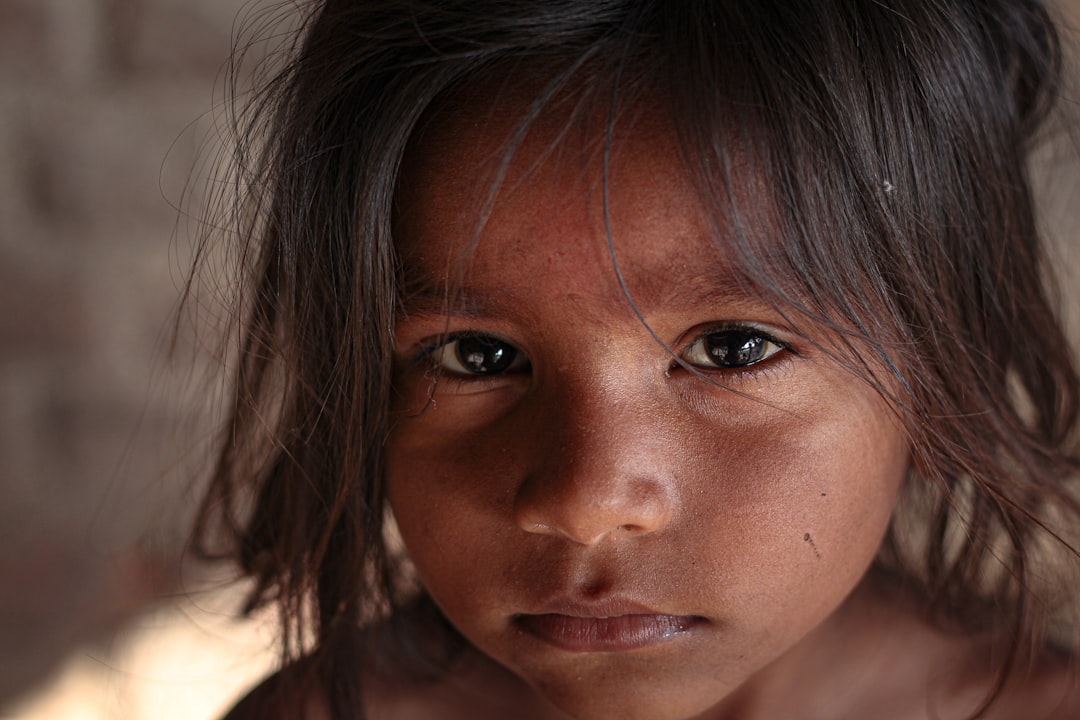What is it about?
Breastmilk sharing that is facilitated by online and offline social networks is growing throughout the U.S., but milk sharing practices are not well-understood. This paper describes milk sharing practices, including lay screening behaviors, risk perceptions, milk sharing social networks, and compensation practices.
Featured Image
Why is it important?
As interest and engagement in breastmilk sharing increases, many parents may seek health care provider support for information and questions. Health care workers must develop ways to support parents in making informed decisions about infant feeding. This paper helps to raise awareness of milk sharing practices and identifies areas where health providers may support families and their infants.
Perspectives
This is the second paper based on data from an online milk sharing survey. The survey is one part of a multi-sited, mixed-methods anthropological study of milk sharing in the U.S.
Dr Aunchalee E.L. Palmquist
Elon University
Read the Original
This page is a summary of: Human milk sharing practices in the U.S., Maternal and Child Nutrition, November 2015, Wiley,
DOI: 10.1111/mcn.12221.
You can read the full text:
Contributors
The following have contributed to this page










